Home>Garden Essentials>How To Take Chia Seeds For Diabetes
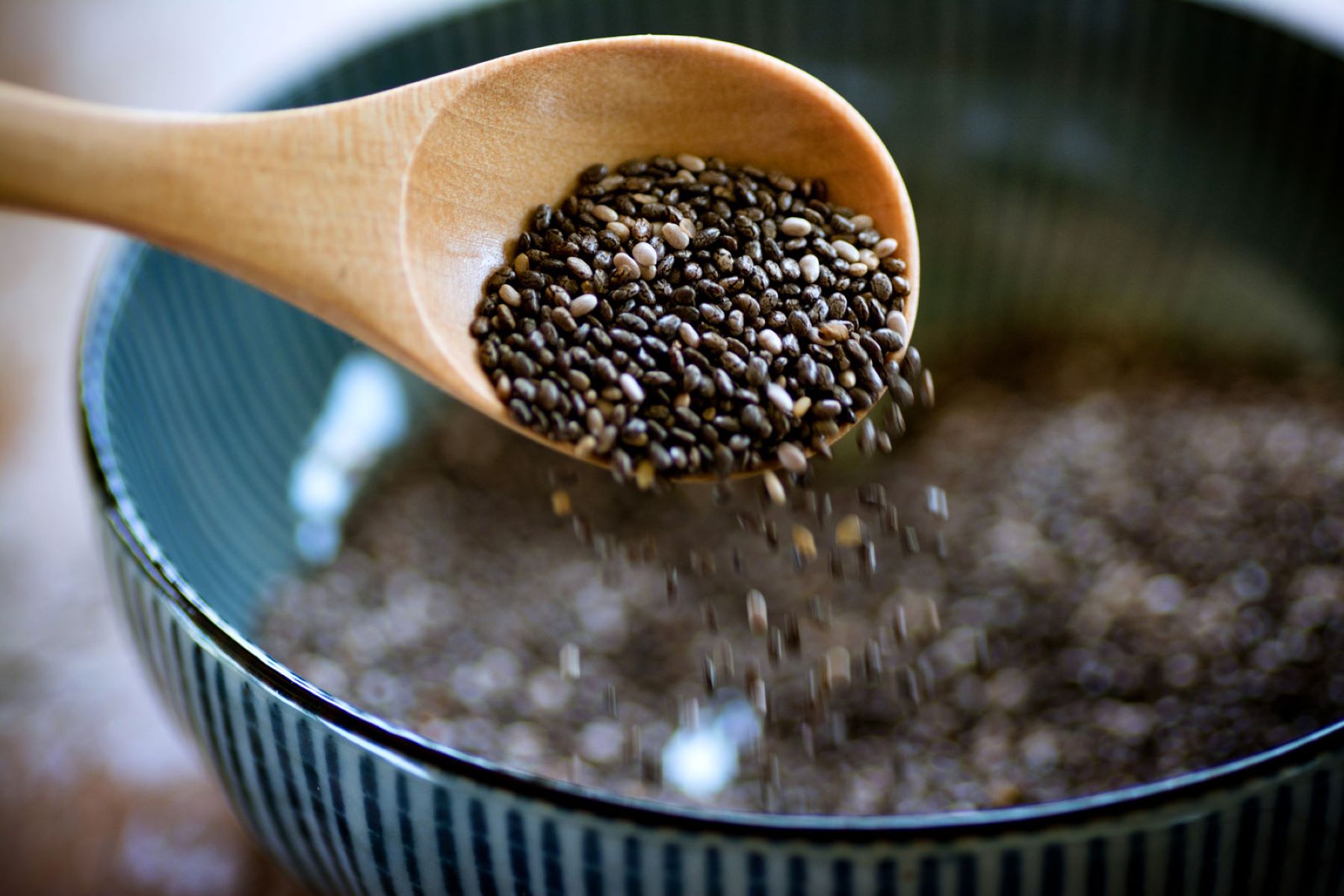

Garden Essentials
How To Take Chia Seeds For Diabetes
Modified: March 16, 2024
Discover the benefits of chia seeds for diabetes management and learn how to incorporate them into your garden for a natural remedy.
(Many of the links in this article redirect to a specific reviewed product. Your purchase of these products through affiliate links helps to generate commission for Storables.com, at no extra cost. Learn more)
Introduction
In recent years, people have become more conscious of their health and are seeking natural ways to manage chronic conditions such as diabetes. One such natural remedy that has gained popularity is chia seeds. Chia seeds are tiny black or white seeds that are loaded with essential nutrients and have numerous health benefits.
In this article, we will explore the potential benefits of chia seeds for diabetes and how you can incorporate them into your diet to support your overall health.
Before we delve into the specific benefits of chia seeds for diabetes, let’s take a closer look at what exactly chia seeds are.
Key Takeaways:
- Chia seeds can help manage diabetes by stabilizing blood sugar, supporting heart health, aiding weight management, and providing antioxidant protection. They should be part of a comprehensive diabetes management plan.
- Incorporating chia seeds into your diet can be fun and versatile. Try chia pudding, smoothies, baking, or sprinkling on cereal. Start with small amounts and consult a healthcare professional for personalized guidance.
Read more: How To Take Chia Seed
Understanding Chia Seeds
Chia seeds are derived from the Salvia hispanica plant, which is native to Mexico. These small seeds were a staple in the diets of ancient civilizations such as the Mayans and Aztecs. They have gained popularity in recent years due to their nutritional profile and potential health benefits.
Chia seeds are rich in fiber, protein, omega-3 fatty acids, antioxidants, vitamins, and minerals. They are also low in calories and carbohydrates. This unique combination of nutrients makes chia seeds a highly nutritious addition to any diet.
One of the remarkable qualities of chia seeds is their ability to absorb water and form a gel-like consistency. When soaked, they can absorb up to 10 times their weight in water. This gel-like substance helps to keep you hydrated and creates a feeling of fullness, which can be beneficial for weight management.
In addition to being a rich source of nutrients, chia seeds are also gluten-free, making them suitable for individuals with gluten sensitivities or celiac disease.
Now that we have a better understanding of chia seeds, let’s explore the potential benefits they offer for individuals with diabetes.
Benefits of Chia Seeds for Diabetes
Chia seeds offer several potential benefits for individuals with diabetes:
1. Blood sugar control: Chia seeds have a unique ability to form a gel-like substance when mixed with liquid. This gel slows down the digestion and absorption of carbohydrates, leading to a slower release of glucose into the bloodstream. This can help stabilize blood sugar levels, preventing spikes and crashes that are common in diabetes management.
2. Fiber-rich: Chia seeds are an excellent source of dietary fiber. Fiber plays a vital role in diabetes management as it can help regulate blood sugar levels. The soluble fiber in chia seeds forms a gel in the stomach, which slows down the digestion and absorption of sugars, resulting in more stable blood sugar levels.
3. Heart health: Individuals with diabetes are at a higher risk of cardiovascular disease. Chia seeds contain omega-3 fatty acids, which have been shown to improve heart health by reducing inflammation, lowering blood pressure, and improving cholesterol levels. Consuming chia seeds regularly may help reduce the risk of cardiovascular complications associated with diabetes.
4. Weight management: Obesity and weight gain are common factors that contribute to the development and progression of type 2 diabetes. Chia seeds are low in calories but high in fiber and protein, which can help keep you full and satisfied. Including chia seeds in your diet may aid in weight management and support overall metabolic health.
5. Antioxidant properties: Chia seeds are rich in antioxidants, which help protect cells from damage caused by free radicals. Diabetes is often associated with increased oxidative stress, and consuming foods high in antioxidants can help reduce inflammation and potentially alleviate some diabetes-related complications.
6. Gut health: The fiber content in chia seeds acts as a prebiotic, nourishing the beneficial bacteria in your gut. A healthy gut microbiome has been linked to better glucose control and reduced insulin resistance, which are essential for individuals with diabetes.
It’s important to note that while chia seeds offer potential benefits for individuals with diabetes, they should not replace medical advice or prescribed medications. It’s best to consult with a healthcare professional before incorporating chia seeds into your diabetes management plan.
Incorporating Chia Seeds into Your Diet
Now that we have discussed the potential benefits of chia seeds for diabetes, let’s explore some creative and easy ways to incorporate them into your diet:
1. Chia pudding: Chia pudding is a popular and delicious way to enjoy chia seeds. Simply mix 2 tablespoons of chia seeds with your choice of milk (dairy or plant-based), sweetener, and flavorings such as vanilla extract or cocoa powder. Allow the mixture to sit in the refrigerator overnight to let the chia seeds absorb the liquid and create a creamy pudding-like consistency. Top with your favorite fruits, nuts, or seeds for added flavor and texture.
2. Smoothies: Add a tablespoon of chia seeds to your favorite smoothie recipe for an extra boost of fiber, protein, and omega-3 fatty acids. The chia seeds will add a slightly thicker texture to your smoothie, making it more filling and satisfying.
3. Baking: Incorporate chia seeds into your baking recipes by using them as an egg substitute. Mix 1 tablespoon of chia seeds with 3 tablespoons of water and let it sit for a few minutes until it forms a gel-like consistency. Use this mixture as a replacement for each egg in your recipe. Not only will this add nutritional value, but it will also make your baked goods moist and tender.
4. Sprinkle on cereal or yogurt: Sprinkle a tablespoon of chia seeds on top of your morning cereal or yogurt for an easy and nutritious addition. The chia seeds will add a crunch and boost of fiber to your breakfast, keeping you satisfied for longer.
5. Chia seed jam: Make a healthier version of jam by combining mashed fruit with chia seeds. Mix 2 cups of mashed fruit with 2 tablespoons of chia seeds and a sweetener of your choice. Let the mixture sit for 15-30 minutes for the chia seeds to gel and thicken the jam. Use this as a spread on toast, pancakes, or as a topping for yogurt or oatmeal.
Remember to start with small amounts of chia seeds and gradually increase as your body adjusts. It’s also important to drink plenty of water when consuming chia seeds to ensure proper digestion and prevent any gastrointestinal discomfort.
Incorporating chia seeds into your diet can be a fun and versatile way to support your diabetes management and overall health. Be creative and experiment with different recipes and combinations to find what works best for you.
Add 1-2 tablespoons of chia seeds to your daily diet by mixing them into yogurt, smoothies, or oatmeal. The high fiber and protein content can help manage blood sugar levels in diabetes.
Recommended Chia Seed Dosage for Diabetes
The recommended chia seed dosage for individuals with diabetes may vary depending on factors such as age, weight, and overall health. However, a general guideline is to consume around 1 to 2 tablespoons of chia seeds per day.
It’s important to note that chia seeds absorb liquid and expand in size, so it’s essential to drink plenty of water when consuming them. This will help prevent any potential digestive discomfort and ensure the seeds are properly digested.
You may choose to consume the recommended amount of chia seeds all at once or split it into smaller portions throughout the day. Adding chia seeds to your meals and snacks can provide a consistent intake of essential nutrients and support your diabetes management.
Here are a few ideas on how you can incorporate chia seeds into your daily routine:
1. Chia seed pudding: Make a batch of chia seed pudding by mixing 2 tablespoons of chia seeds with your choice of milk and sweetener. Let it sit in the refrigerator overnight to thicken. Divide the pudding into smaller servings and enjoy them throughout the day. You can top it with fruits, nuts, or a sprinkle of cinnamon for added flavor.
2. Smoothies: Add 1 tablespoon of chia seeds to your favorite smoothie recipe. The seeds will add a nutritional boost without altering the taste significantly. Blend them into the smoothie or soak them in the liquid component for a few minutes before blending for a gel-like consistency.
3. Baking: Incorporate chia seeds into your baking recipes by using them as an egg substitute. 1 tablespoon of chia seeds mixed with 3 tablespoons of water can replace one egg. This can be useful for making pancakes, muffins, or other baked goods that can be included in your daily intake.
4. Snacks: Keep a small container of chia seeds handy and sprinkle a tablespoon or two on top of yogurt, oatmeal, or salads. This is an easy and quick way to add extra nutrients to your snacks.
Remember to consult with a healthcare professional or a registered dietitian before making any significant changes to your diet or introducing new foods, especially if you have specific dietary restrictions or medical conditions. They can provide personalized recommendations based on your individual needs and help you incorporate chia seeds into your diabetes management plan effectively.
Precautions and Considerations
While chia seeds can be a beneficial addition to a diabetes-friendly diet, it’s important to keep the following precautions and considerations in mind:
1. Portion control: Although chia seeds are highly nutritious, they are also calorie-dense. Eating excessive amounts can contribute to weight gain. Stick to the recommended daily dosage of 1 to 2 tablespoons and be mindful of your overall calorie intake.
2. Choking hazard: Chia seeds can absorb liquid and expand in size, which means they can also pose a choking hazard if eaten dry or in large quantities without adequate hydration. Always ensure that you consume chia seeds soaked or mixed with enough liquid to prevent any potential choking-related issues.
3. Medication interactions: Chia seeds may interact with certain medications, such as blood thinners. If you’re taking any medications, especially those that affect blood clotting, consult with your healthcare provider before incorporating chia seeds into your diet.
4. Food allergies or sensitivities: Some individuals may have allergies or sensitivities to chia seeds. If you have a known allergy to plants in the mint family, such as sage or basil, or experience any adverse reactions after consuming chia seeds, discontinue use and seek medical advice.
5. Digestive considerations: Chia seeds are high in fiber, which can have a laxative effect if consumed in large amounts. Increase your intake gradually and drink plenty of water to support proper digestion and minimize potential gastrointestinal discomfort.
6. Pregnancy and breastfeeding: If you are pregnant or breastfeeding, consult with your healthcare provider before incorporating chia seeds into your diet. They can provide guidance based on your individual needs and ensure the safety of both you and your baby.
Remember, chia seeds are not a miracle cure for diabetes. They are just one aspect of a well-rounded diabetes management plan, which includes regular exercise, a balanced diet, and proper medication management. It’s important to work with a healthcare professional to create an individualized plan that suits your specific needs and condition.
By being aware of these precautions and considering your unique circumstances, you can safely incorporate chia seeds into your diabetes management plan to potentially experience their numerous health benefits.
Conclusion
Chia seeds are a versatile and nutrient-dense superfood that can be a valuable addition to a diabetes-friendly diet. Their high fiber content, ability to stabilize blood sugar levels, and numerous other health benefits make them a compelling choice for individuals looking for natural ways to support their diabetes management.
By incorporating chia seeds into your daily routine, you can enjoy their potential benefits, including improved blood sugar control, heart health support, weight management, and antioxidant protection. However, it’s crucial to remember that chia seeds should not replace medical advice or prescribed medications. They are most effective when used as part of a comprehensive diabetes management plan.
When consuming chia seeds, practice portion control, ensure sufficient hydration, and be mindful of any potential allergies or medication interactions. Start with small amounts and gradually increase to prevent digestive discomfort.
Consult with a healthcare professional or a registered dietitian to determine the appropriate dosage and ensure that chia seeds align with your individual health needs and goals. They can provide personalized guidance and help you incorporate chia seeds into your diabetes management plan effectively.
In conclusion, chia seeds offer a range of potential benefits for individuals with diabetes. Embracing them as a regular part of your diet, alongside a balanced eating plan, regular exercise, and proper medication management, can support your overall health and well-being. Enjoy the versatility of chia seeds by experimenting with various recipes and find what works best for you. By harnessing the power of these tiny seeds, you can take proactive steps towards managing your diabetes naturally and living a healthier life.
Frequently Asked Questions about How To Take Chia Seeds For Diabetes
Was this page helpful?
At Storables.com, we guarantee accurate and reliable information. Our content, validated by Expert Board Contributors, is crafted following stringent Editorial Policies. We're committed to providing you with well-researched, expert-backed insights for all your informational needs.
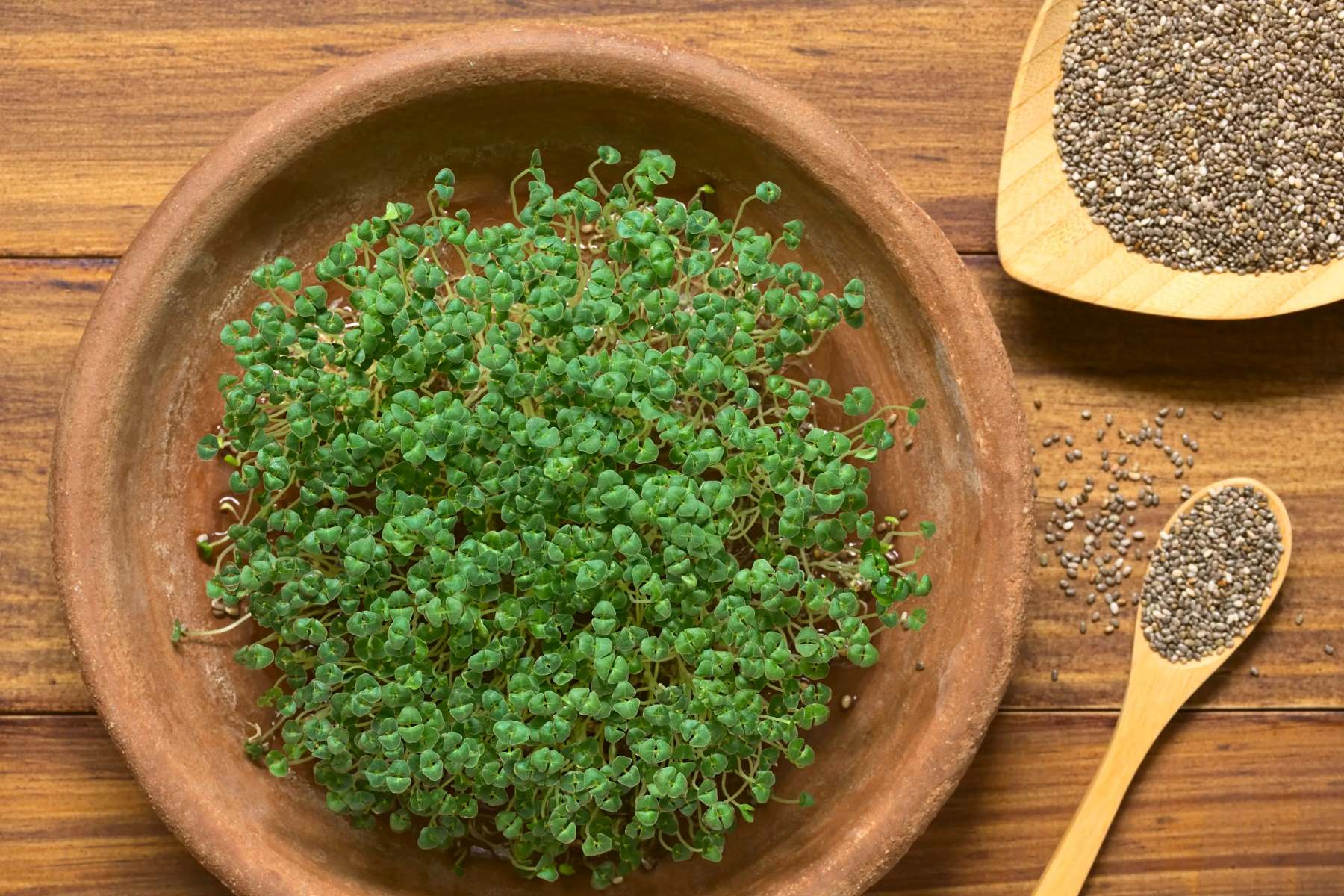
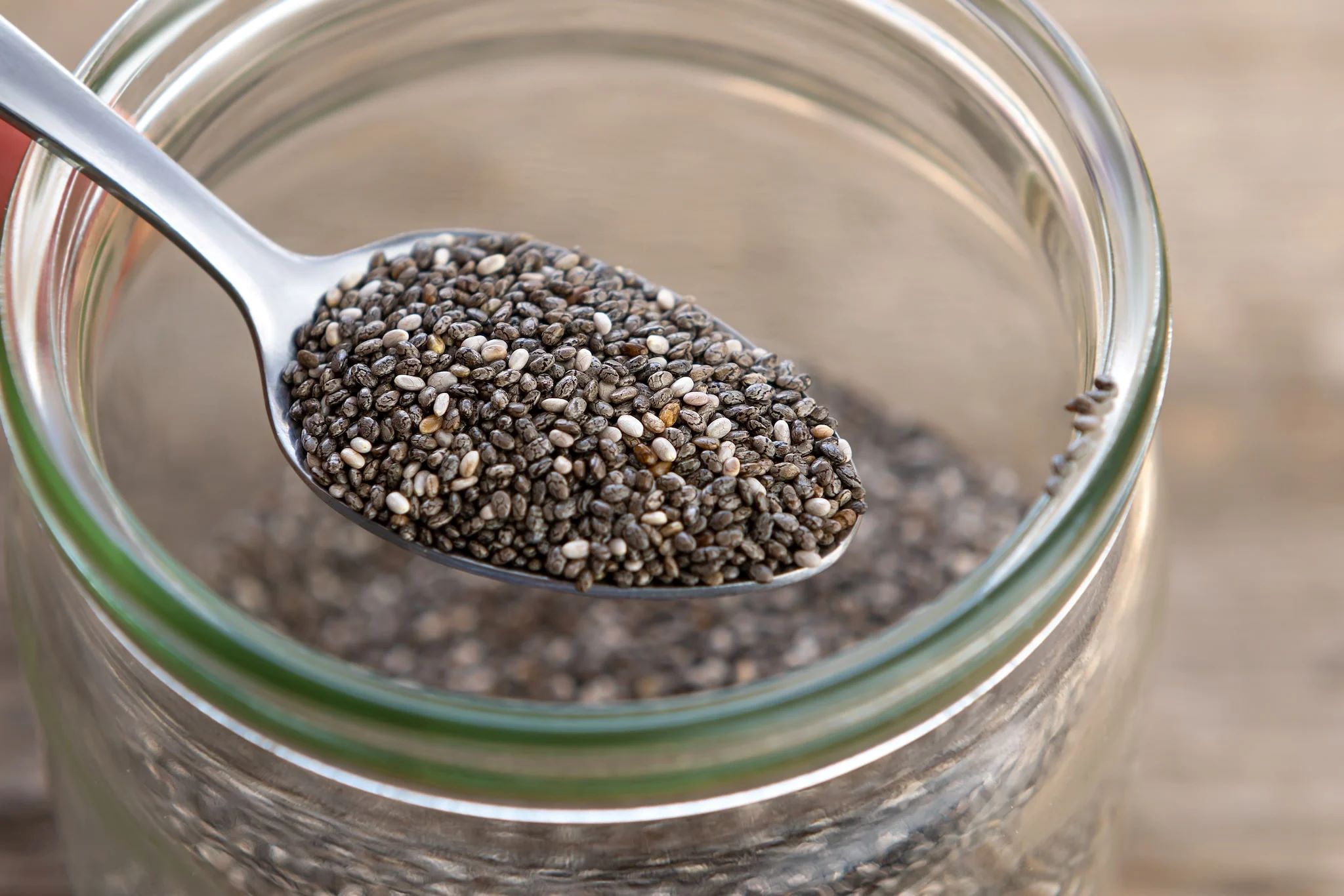
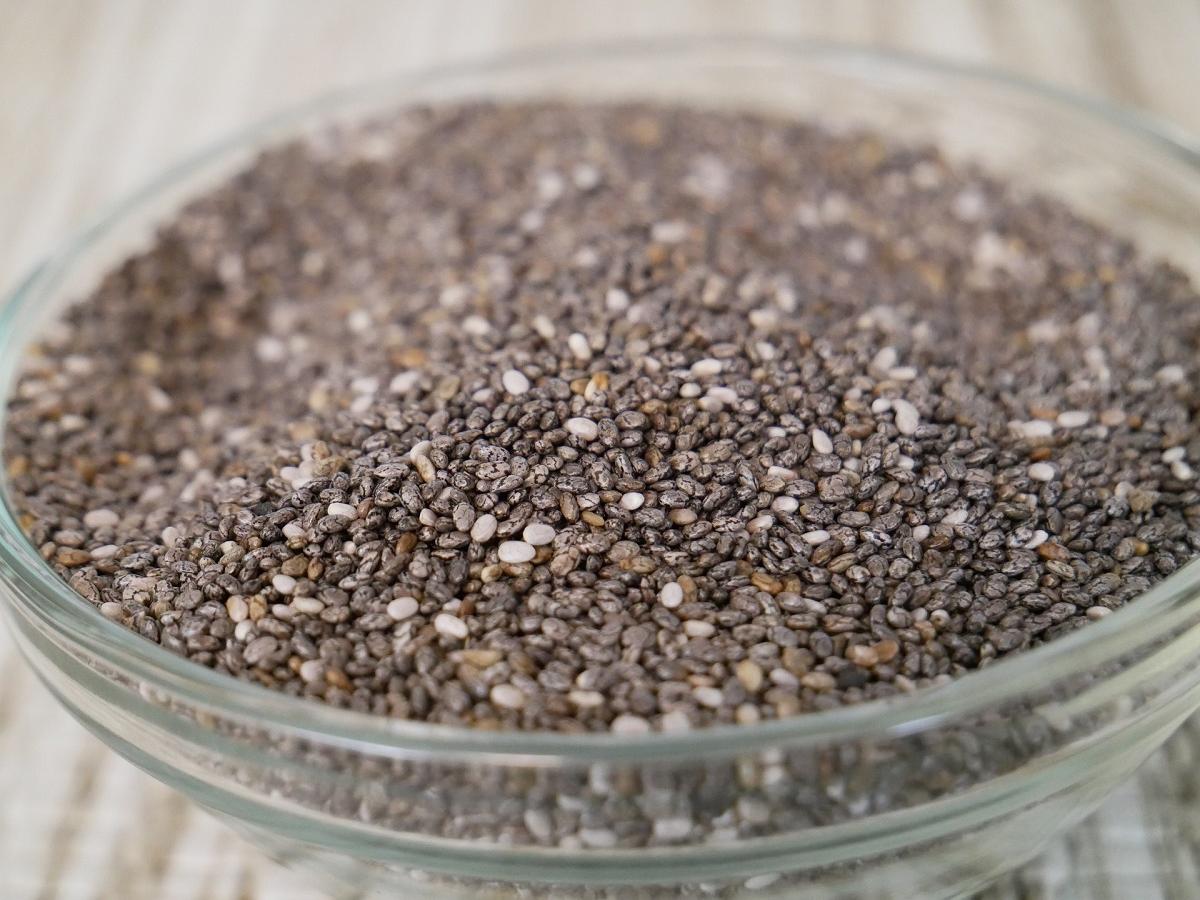
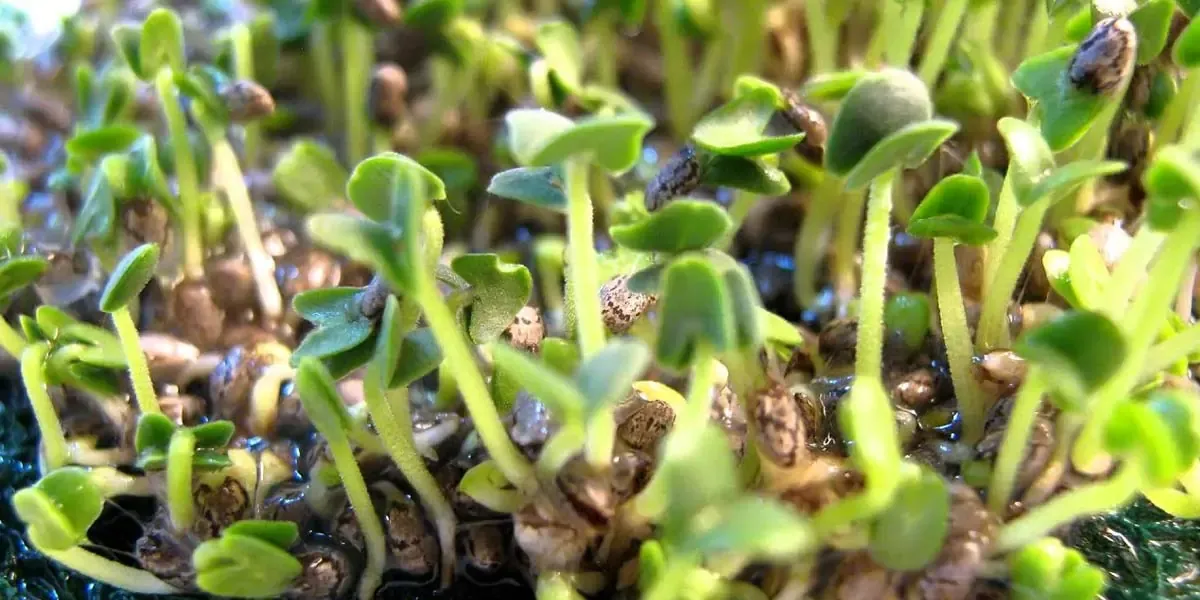
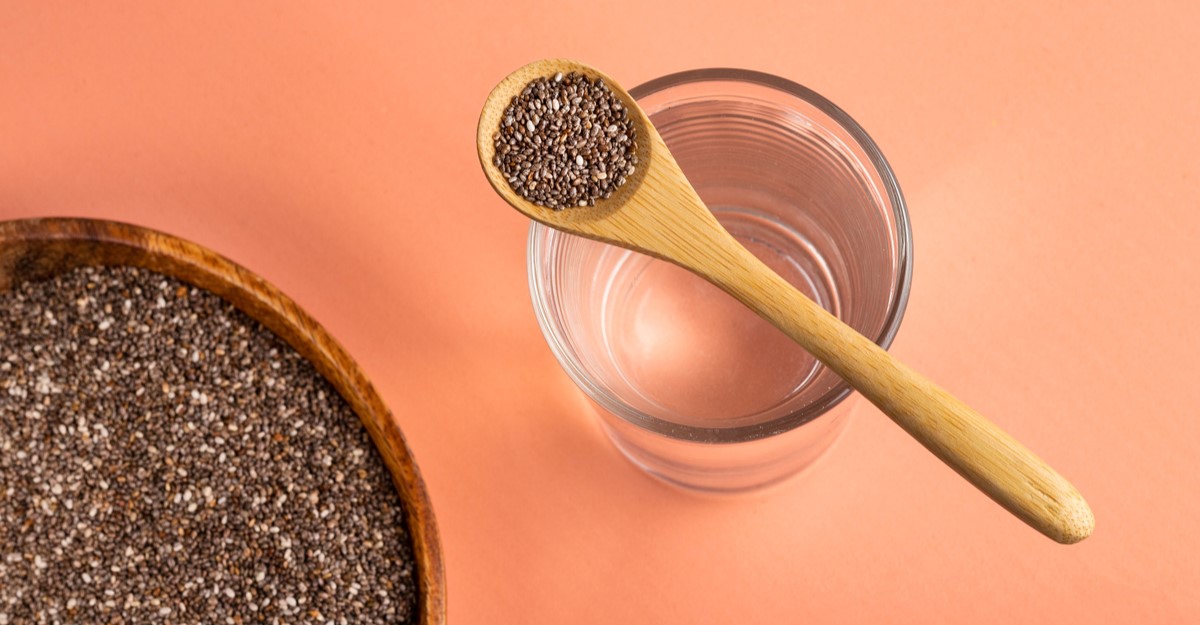
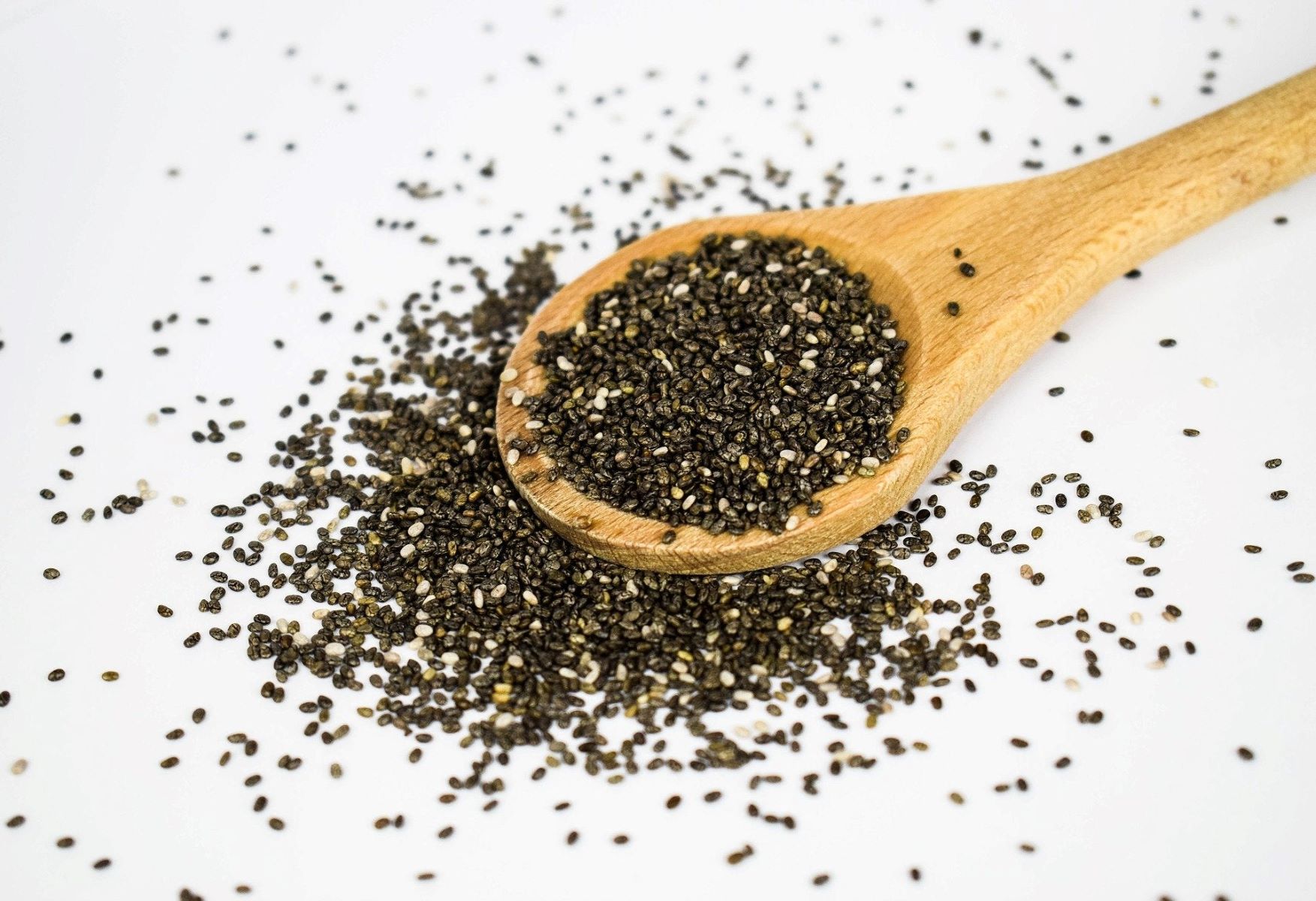
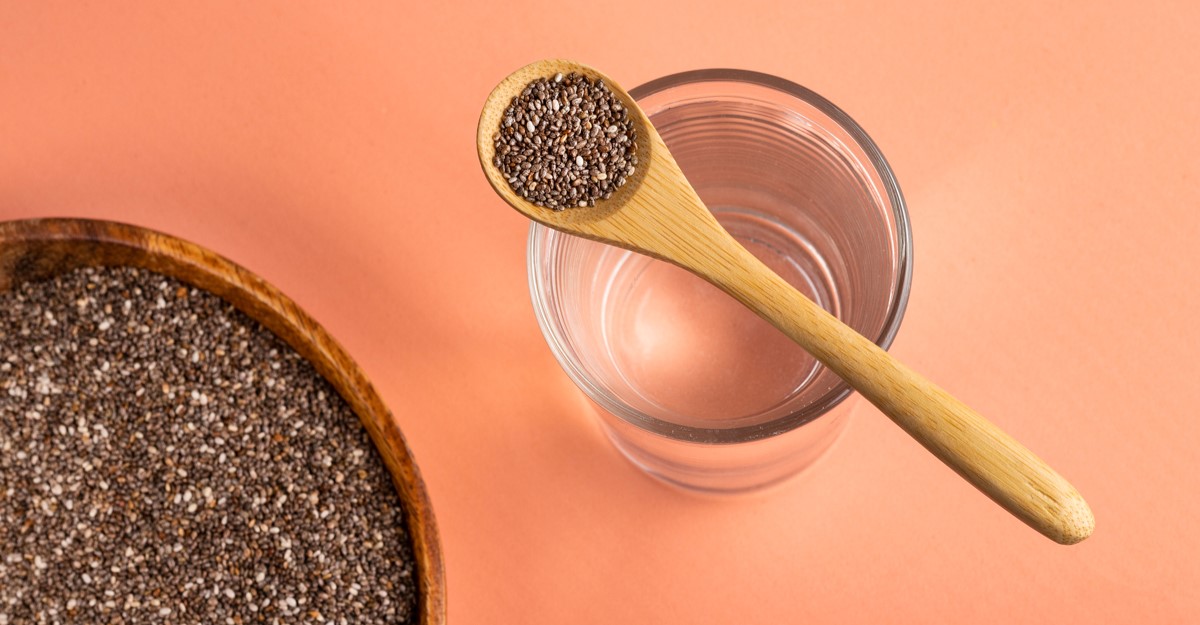
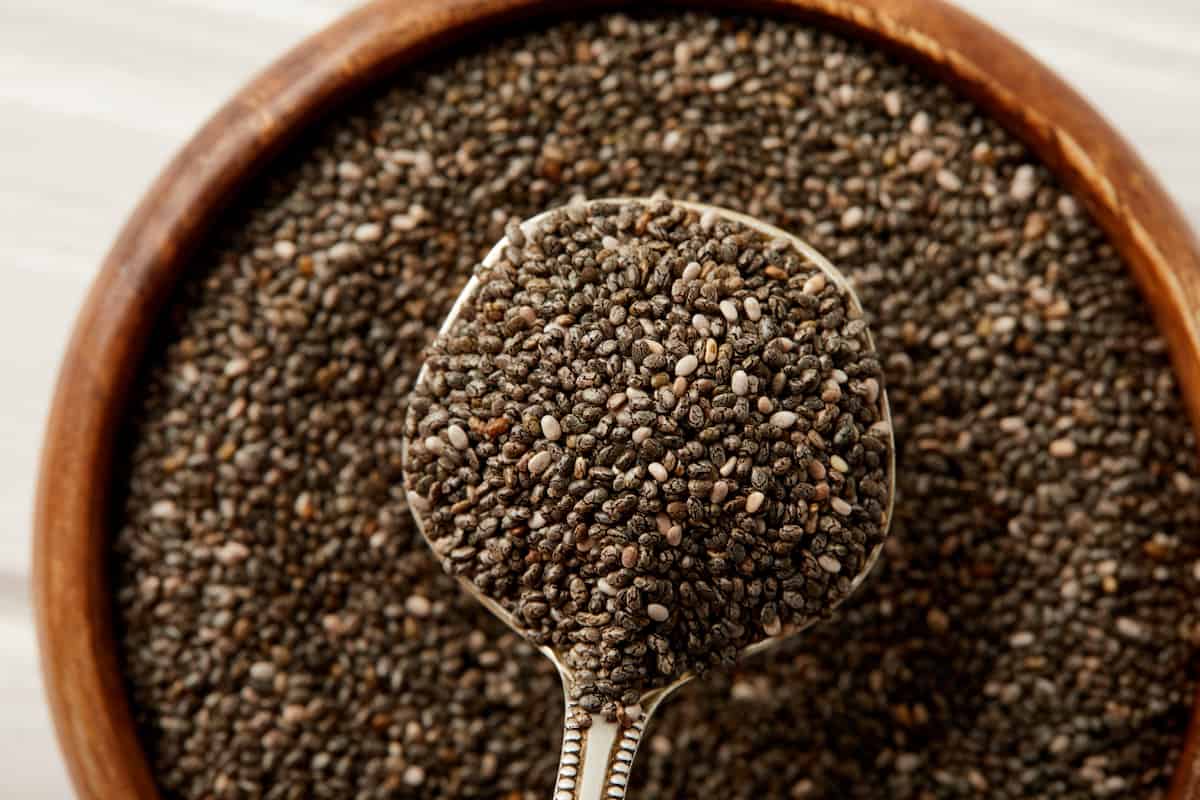
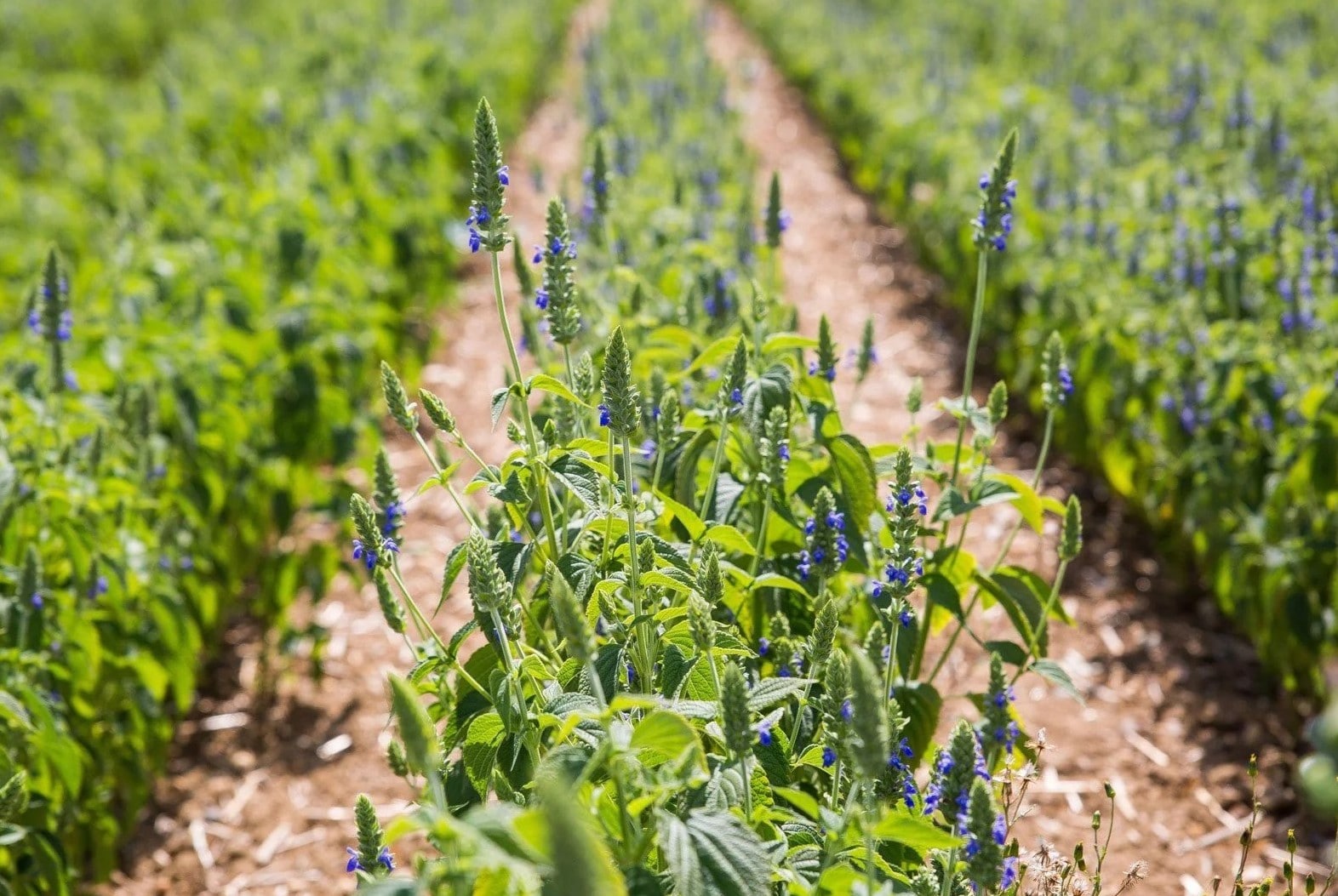
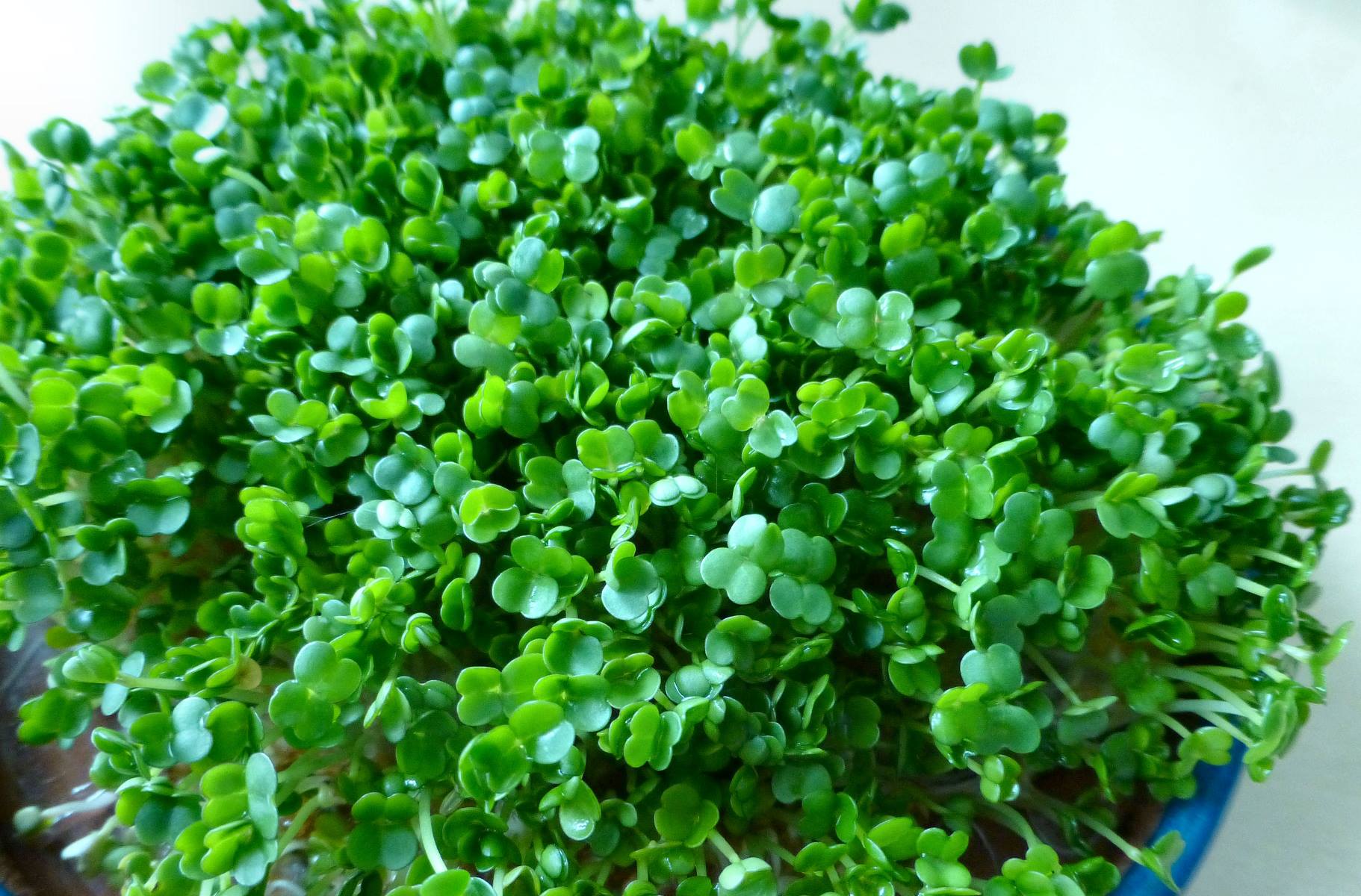
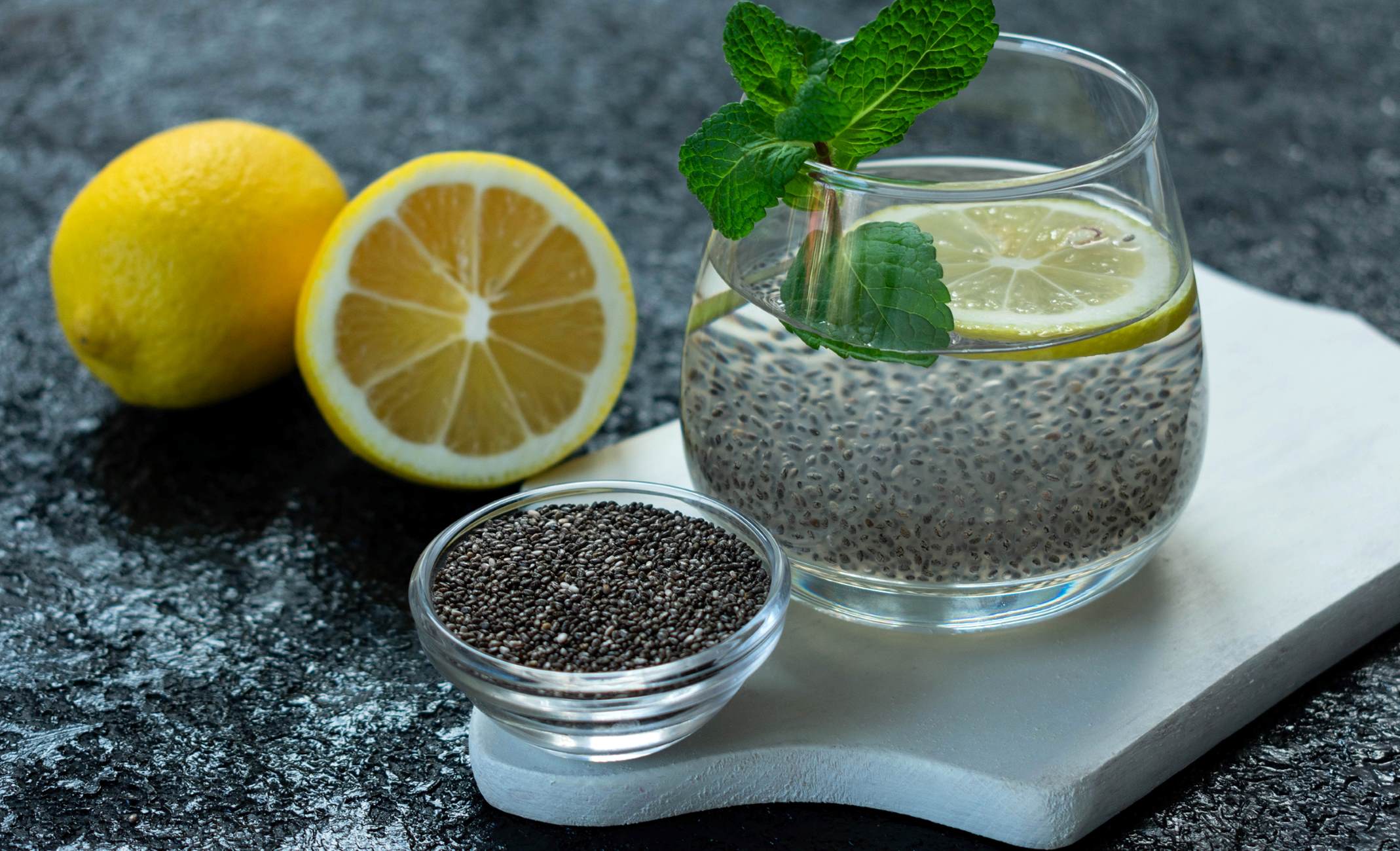
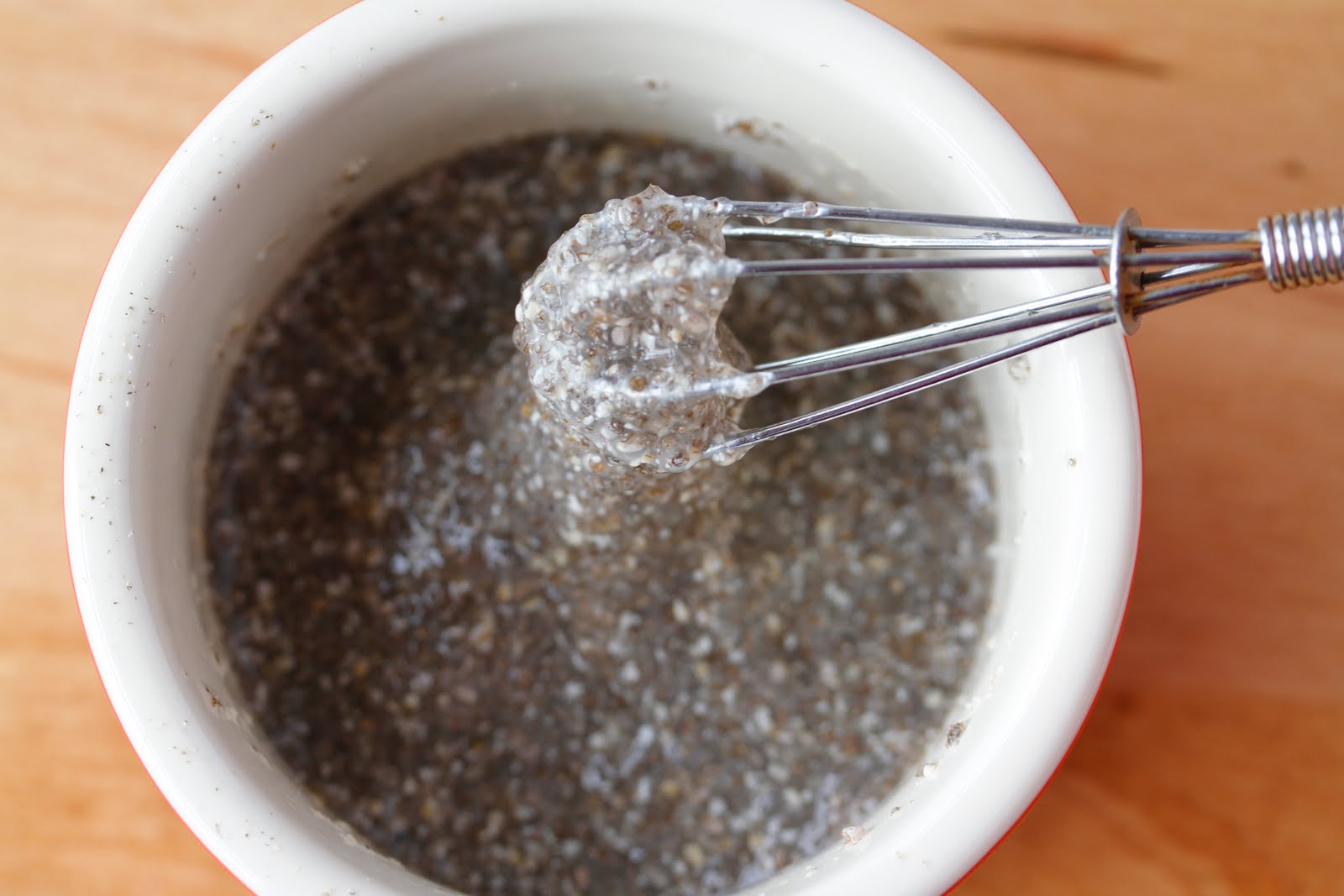
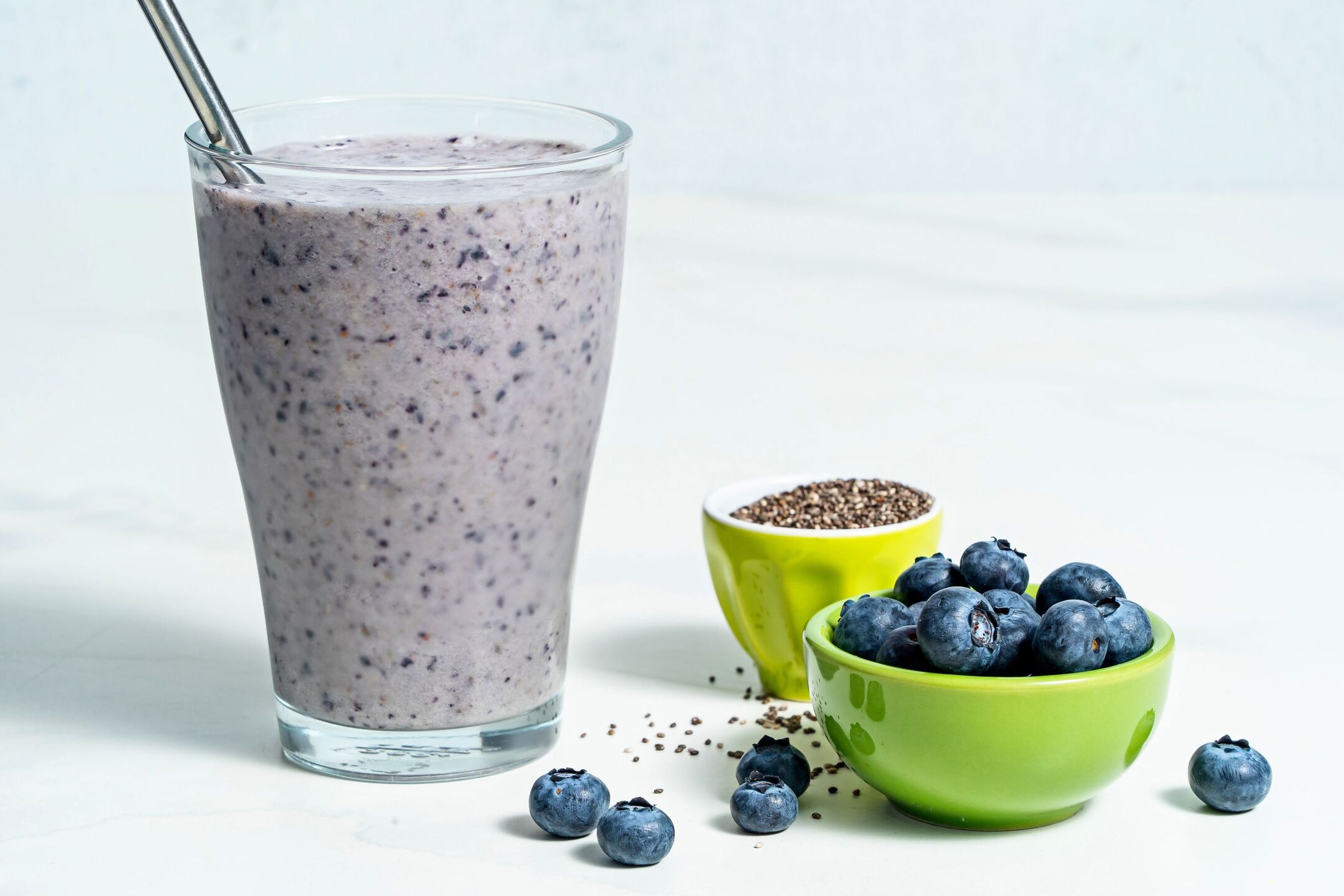
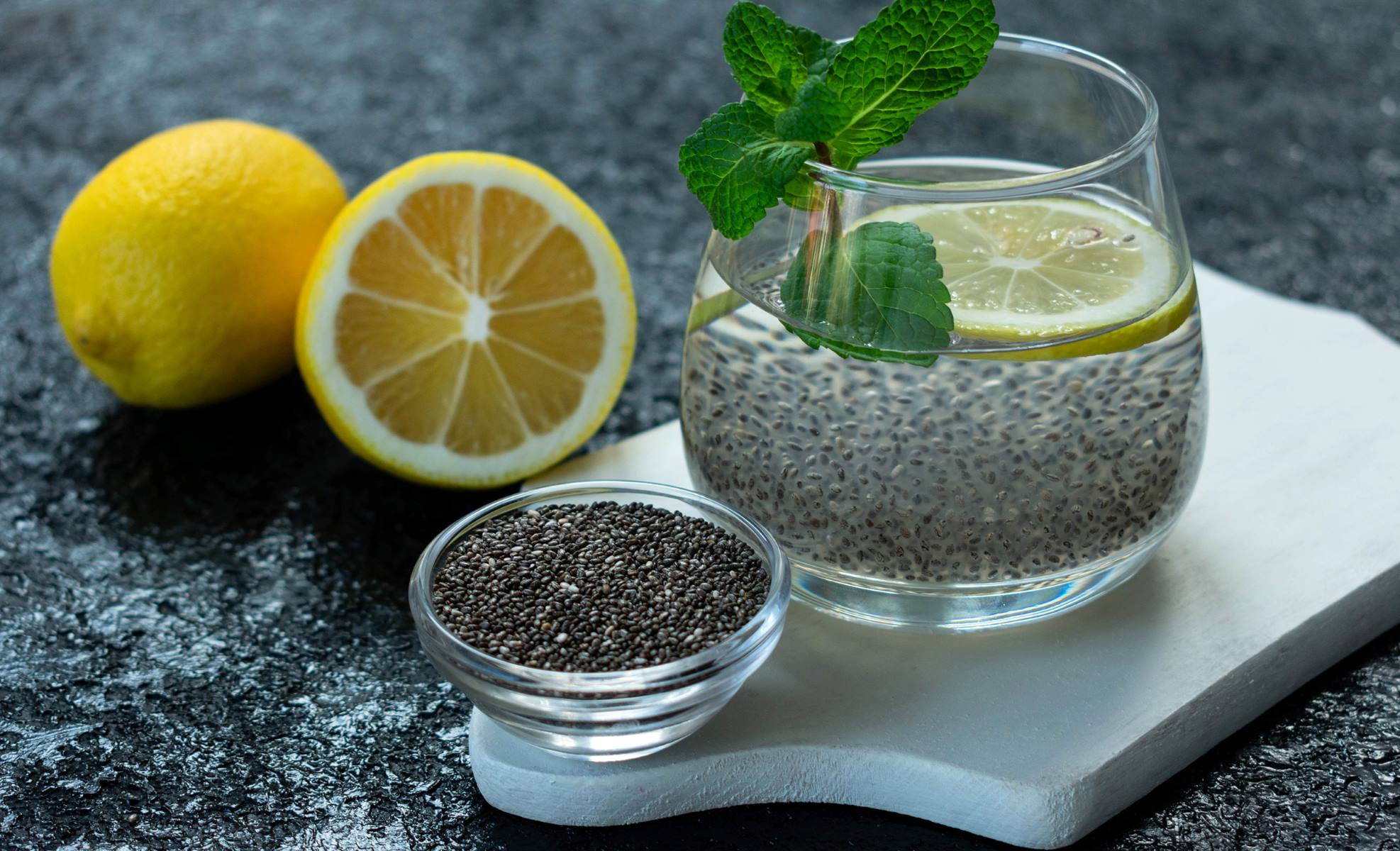

0 thoughts on “How To Take Chia Seeds For Diabetes”